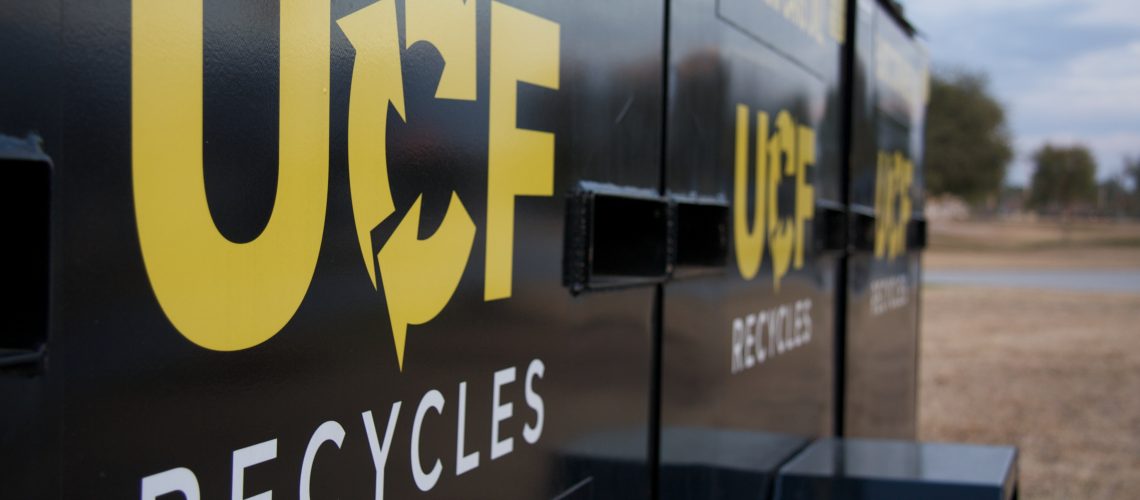

Hannah Hollinger
- July 6, 2016
- 11:02 am
Conceptual energy plant design acknowledges climate action
In support of UCF’s commitment to climate action, and pursuant to UCF’s utility master plan for an ever-growing campus, the new 8000RT District Energy Plant IV will incorporate both energy and environmentally conscious design features. The new plant will simultaneously provide centralized cooling and heating campus-wide.
Progressive energy modeling was used to optimize the design process and select the most life cycle cost-effective chillers. The energy model evaluated hourly data on climate, utility rate structure, and budgetary pricing from three, 2000-ton centrifugal chiller manufactures. Since utility rate structures are commodity and market-driven, a discount rate of 3% was applied, yielding an annual ROI of 7.8% on the high efficiency chiller selections. The chillers selected will save UCF over a $100,000 annually in plant operations costs.
Since UCF has varying and diversified cooling loads based on building occupancy, coupled with seasonal, and time-of-day utility rate structures, a direct digital control (DDC) system was also incorporated into the design to enable precise plant equipment control. Through the automation platform, Utilities & Energy Services will be able to trend, schedule, and optimize energy performance, as well as improve alarm response management, with fault detection and diagnostics.
A heat recovery system will provide 140-degree water to UCF’s new 105,000 GSF Leadership in Energy and Environmental Design (LEED) Silver-Certified Interdisciplinary Research and Incubator Facility, to support the building’s HVAC system. This measure will save UCF over $21,000 annually in natural gas that would have otherwise been needed to fuel local boilers.
Since 2007, UCF’s focus has been on constructing high performance buildings. The District Energy Plant will be UCF’s first LEED-certified industrial facility, and will be the 20th LEED-certified building on campus. These (20) high performance buildings constitute 19.8% of the main campus heated and cooled space.
The design of the District Energy Plant focused on reducing energy use in the production of chilled water, when compared to an ASHRAE 90.1 2010 baseline for chiller plant installations.
***News article taken from University of Central Florida Utilities & Energy Services’ Newsletter, July 2016.